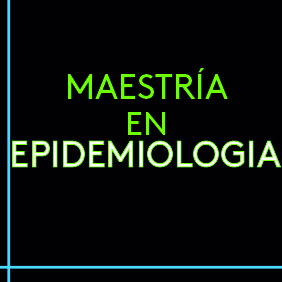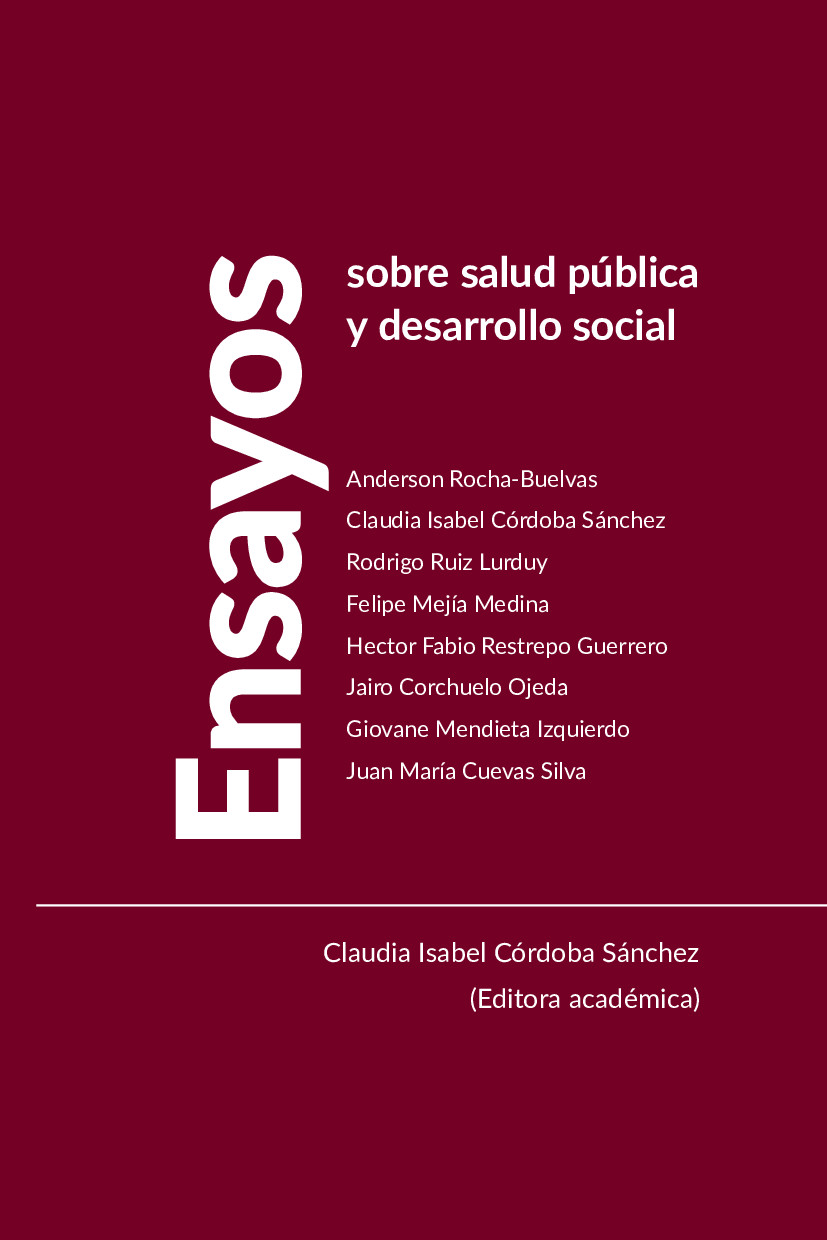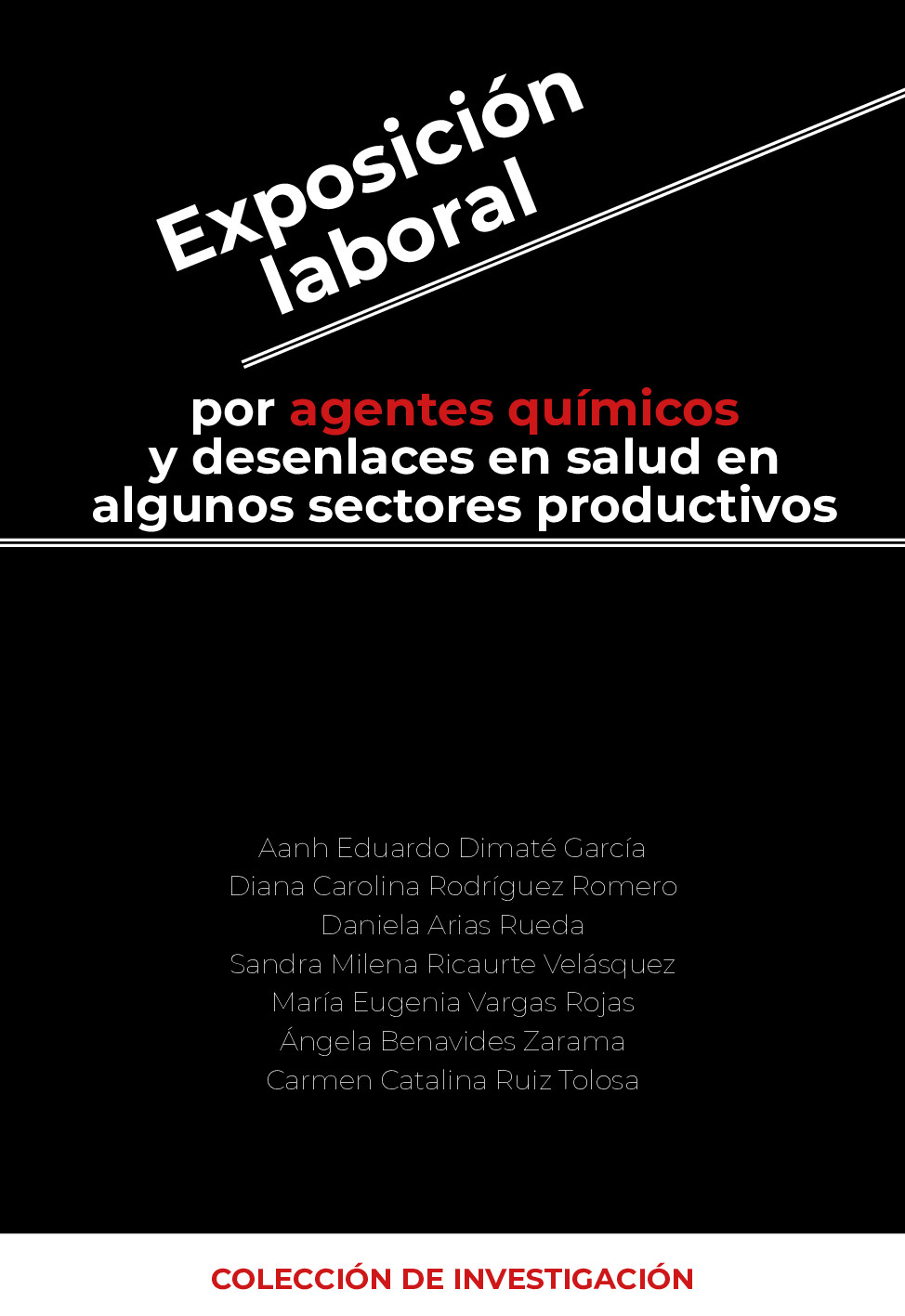Resumen
Introducción: el Virus de Inmunodeficiencia Humana es el causante del síndrome de inmunodeficiencia adquirida y afecta a todos los grupos poblacionales, con un aumento significativo por la oferta diagnóstica, cambios en el comportamiento sexual, ingreso de nuevos medicamentos, terapias, y menores controles en las personas de 50 años y más.
Objetivo: analizar la mortalidad de personas de 50 años y más de edad, por Virus de Inmunodeficiencia Humana, residentes en Colombia en el período 1998 a 2009.
Materiales y métodos: estudio descriptivo de 4149 personas de 50 años o más de edad, fallecidas por VIH/SIDA en Colombia entre los años 1998 a 2009. La fuente de información fue secundaria, a través de los registros de defunción y las proyecciones poblacionales del Departamento Administrativo Nacional de Estadísticas DANE. Con esta información se calcularon medidas de frecuencia, tasa promedio de mortalidad por cien mil habitantes, sobremortalidad masculina y georeferenciación del riesgo de morir, en hombres y mujeres.
Resultados: el riesgo de morir por estas causas fue de 5,0 por cien mil, mayores de 50 años; para los hombres el riesgo fue de 9,0 y para las mujeres de 1,4, por cien mil personas del mismo sexo, superando los hombres en 5,3 veces el riesgo de las mujeres (SMM=6,3). La tendencia viene aumentando; el año de mayor riesgo fue 2007 y mayor sobremortalidad se presentó en el año 2000. La mayor mortalidad por esta causa se presentó en Amazonas, Guaviare, Quindío, Atlántico y Valle; los de menor riesgo: Boyacá, Nariño, Chocó, Arauca y Cauca.
Conclusiones: en el país la mortalidad por el Virus de Inmunodeficiencia Humana en personas mayores de 50 años de edad, aumentó en el período de estudio, lo que podría explicarse por una mayor oferta diagnóstica, número de casos y cambios en el comportamiento sexual; aunque el diagnóstico en el adulto mayor puede confundirse con otros síndromes comunes, su riesgo podría minimizarse y hacerse invisible, porque se registra en otras poblaciones, convirtiéndose en un peligro letal y silencioso.
Licencia
Los autores deben declarar la no existencia de conflictos de intereses ya sea por motivos de financiación del proyecto del cual es resultado el artículo; así como por motivos intelectuales, académicos, morales e investigativos.
La Revista de Investigaciones Andina se acoge a las normas éticas para publicaciones dadas por el COPE: http://publicationethics.org/resources/code-conduct
Citas
2. HelpAge International. VIH/SIDA y personas mayores. [Internet]. Horizontes 2003;61:1-16 [Consultado: 13/01/31]. Disponible en: www.helpage.org/download/4d0712fb41a85/
3. ONUSIDA 2013. El sida en cifras. El VIH y la edad. [Internet]. [Consultado: 19/06/14]. Disponible en: http://www.unaids.org/en/media/unaids/contentassets/documents/unaidspublication/2013/JC2571_AIDS_by_the_numbers_es.pdf
4. Naciones Unidas. El VIH/SIDA y las personas de edad. Segunda asamblea mundial sobre el envejecimiento. Madrid, 8 a 12 de abril de 2002 [Internet]. [Consultado: 13/01/28]. Disponible en http://www.un.org/spanish/envejecimiento/newpresskit/sida.pdf
5. Lindau ST, Schumm LP, Laumann EO, Levinson W, O'Muircheartaigh CA, Waite LJ. A study of sexuality and health among older adults in the United States. N. Engl. J. Med. 2007 ago 23; 357 (8):762-74.
6. Khalaf IM, Levinson IP. Erectile dysfunction in the Africa/Middle East Region: epidemiology and experience with sildenafil citrate (Viagra). Int. J. Impot. Res. 2003 abr.; 15 Suppl 1:S1-2. http://dx.doi.org/10.1038/sj.ijir.3900967
7. Sadeghi-Nejad H, Watson R, Irwin R, Nokes K, Gern A, Price D. Lecture 5: erectile dysfunction in the HIV-positive male: a review of medical, legal and ethical considerations in the age of oral pharmacotherapy. Int. J. Impot. Res. 2000 sep; 12 Suppl 3:S49-53. http://dx.doi.org/10.1038/sj.ijir.3900562
8. AIDS Community Research Initiative of America (ACRIA). Ernst J, Hufnagle J, RPh, Karpiak S, Shippy A. El HIV y los adultos mayores. 44pg. [Internet]. [Consultado: 13/02/03]. Disponible en: http://www.acria.org/files/hiv-older-adults-espanol.pdf
9. Ministerio de la Protección Social. Fondo de Población de las Naciones Unidas. Panorama del VIH/SIDA en Colombia 19832010, [Internet]. [Consultado: 19/06/14]. Disponible en: http://minsalud.gov.co/salud/Documents/observatorio_vih/documentos/monitoreo_evaluacion/1_vigilancia_salud_publica/b_estudios_comportamiento/PANORAMAVIHCOL_WEB.pdf
10. Organización Mundial de la salud. Clasificación estadística internacional de enfermedades y problemas relacionados con la salud. - 10a. revisión. Ginebra, Suiza; 1995.
11. Organización Panamericana de la Salud. Clasificación Internacional de Enfermedades: preparación de listas cortas para la tabulación de datos. Boletín Epidemiológico. 2002; 23 (4):2-6.
12. Schmid P.G, Williams G.B, Garcia C.JM, Miller C, Segar E, Southworth M. et, al. The unexplored story of HIV and ageing. Bull World Health Organ. 2009 mar 1; 87(3):162-162 [Consultado: 13/01/28]. Disponible en: http://www.who.int/bulletin/volumes/87/3/09-064030/en/index.html
13. Colombia. Ministerio de la Protección Social, Colciencias, Pontificia Universidad Javeriana. Encuesta nacional de salud 2007: resultados nacionales. Bogotá: Ministerio de la Protección Social; 2007.
14. Colombia. Ministerio de la Protección Social. Informe UNGASS - 2010. Informe Nacional. Bogotá: Ministerio de la Protección Social; 2010.
15. Moreno T, Ministerio de la Protección Social. Comportamiento del VIH/SIDA durante el 2010 en Colombia. Bogotá: El Ministerio; 2011.
16. Organización de las Naciones Unidas para la Agricultura y la Alimentación. Informe de la Segunda Asamblea Mundial sobre el Envejecimiento. New York: NU; 2002.
17. Ministerio de Salud y Protección Social-ONUSIDA Colombia. Informe mundial de avances en la lucha contra el Sida. Colombia 2012. [Internet]. [Consultado: 19/06/14]. Disponible en: http://www.minsalud.gov.co/salud/Documents/2_abril2012_final_UNGASS_COLOMBIA.pdf
18. ONUSIDA. Comunicado de prensa. [Internet]. [Consultado: 17/06/14].Disponible en: http://www.unaids.org/es/resources/presscentre/pressreleaseandstatementarchive/2013/november/20131101praging/





















